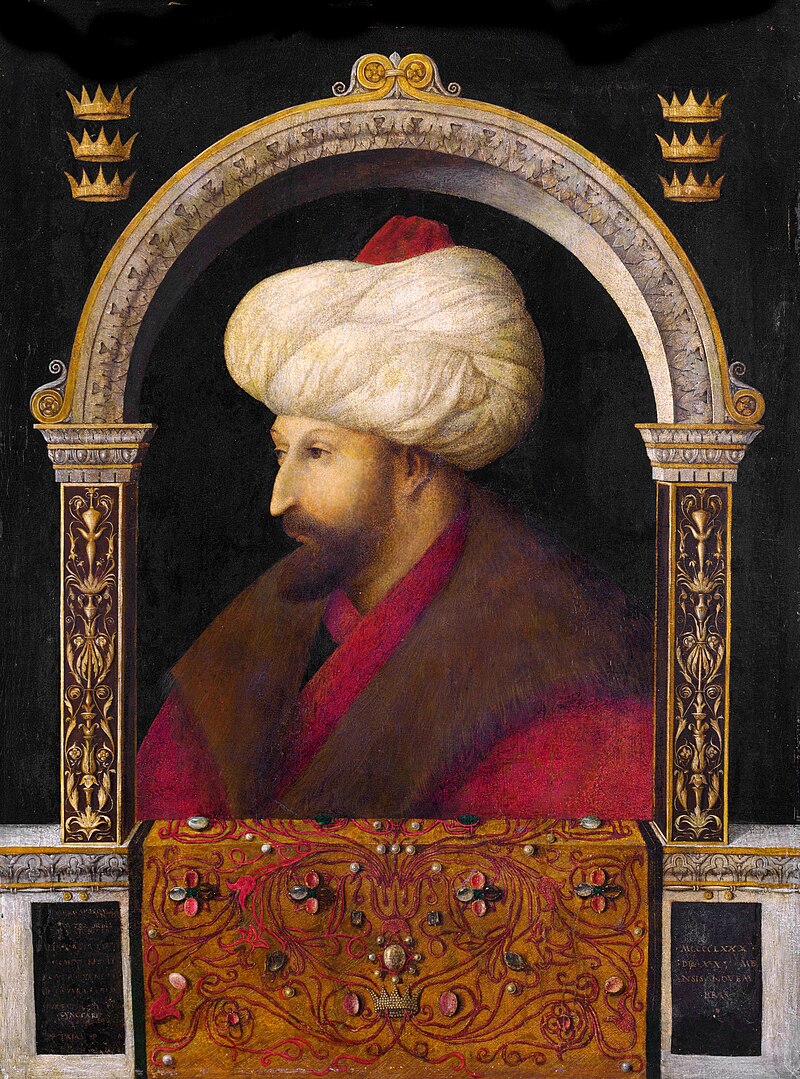Genghis Khan, the founder and leader of the Mongol Empire, revolutionized warfare with his exceptional military leadership and innovative tactics. His ability to unify diverse tribes, employ a highly disciplined cavalry, and effectively employ siege warfare techniques helped him conquer vast territories across Asia and Europe.
As the Duke of Normandy, William successfully invaded England in 1066, forever changing the course of British history. His victory at the Battle of Hastings introduced new military strategies, feudal systems, and castle construction techniques to medieval Europe.
Joan of Arc, a young French peasant girl, played a pivotal role in the Hundred Years’ War. Her unwavering faith and military leadership inspired the French forces, leading to several key victories. Joan’s legacy endures as a symbol of courage and determination on the battlefield.
Saladin, the Muslim sultan and military commander, led the successful defense against the Crusaders and eventually retook Jerusalem. His military prowess, chivalry, and strategies made him one of the greatest opponents of the Crusader armies.
King Richard I of England, known as Richard the Lionheart, was a renowned military leader and one of the prominent figures in the Third Crusade. His tactical skills, bravery, and charisma earned him a formidable reputation both in Europe and the Middle East.
Edward I, often referred to as “Edward Longshanks,” was a powerful medieval king and military strategist. His conquest of Wales and attempts to subjugate Scotland showcased his military brilliance, effective use of longbow archers, and castle building campaigns.
Mehmed II, the Ottoman sultan, achieved legendary status as the conqueror of Constantinople in 1453. His innovative use of cannons and siege tactics allowed him to breach the formidable walls, ending the Byzantine Empire and ushering in a new era.

Henry V’s military campaigns during the Hundred Years’ War, particularly his famous victory at the Battle of Agincourt, cemented his reputation as a skilled commander. His use of longbow archers and strategic maneuvers demonstrated his tactical brilliance.
William Marshal, an English knight, excelled as a military leader and tournament champion. His loyalty, tactical expertise, and chivalry made him an influential figure during the reigns of multiple English kings, shaping the medieval chivalric code and the art of warfare.
While not strictly a medieval figure, Leonardo da Vinci’s innovative ideas and designs greatly influenced warfare during the late medieval and Renaissance periods. His sketches of advanced weapons, fortifications, and military engineering concepts laid the foundation for future military innovations.
These ten individuals played crucial roles in shaping medieval warfare through their leadership, strategies, and technological advancements.
From conquerors and kings to visionary inventors and inspirational figures, their contributions left a lasting impact on the history of warfare, forever influencing the tactics, weaponry, and military systems of subsequent eras.
“William the Conqueror: The Norman Impact upon England” by David C. Douglas
This book provides a comprehensive account of William the Conqueror’s life and his profound influence on England and medieval warfare, exploring his military campaigns, leadership, and the long-lasting consequences of the Norman conquest.
“Lionheart: A True King’s Crusade” by Sharon Kay Penman
Focusing on Richard the Lionheart, this captivating historical novel delves into his experiences during the Third Crusade, showcasing his tactical brilliance, charismatic leadership, and the enduring legacy he left on the battlefield.
“Genghis Khan and the Making of the Modern World” by Jack Weatherford
While not strictly focused on medieval Europe, this book offers an illuminating perspective on Genghis Khan, a figure who shaped the landscape of warfare across continents. It explores his military strategies, leadership style, and the far-reaching effects of his empire.
“The Greatest Knight: The Remarkable Life of William Marshal, the Power Behind Five English Thrones” by Thomas Asbridge
This biography delves into the extraordinary life of William Marshal, a renowned knight who served multiple English monarchs during the medieval period. It explores his military achievements, chivalric code, and the impact he had on the politics and warfare of his time.
“Joan of Arc: A History” by Helen Castor
Joan of Arc, an iconic figure in medieval history, defied societal norms to become a military leader during the Hundred Years’ War. This book offers a detailed account of her life, exploring her military campaigns, religious convictions, and the enduring impact she had on the medieval battlefield.
Remember to check the availability and reviews of these books before making a purchase, as individual preferences and interests may vary.